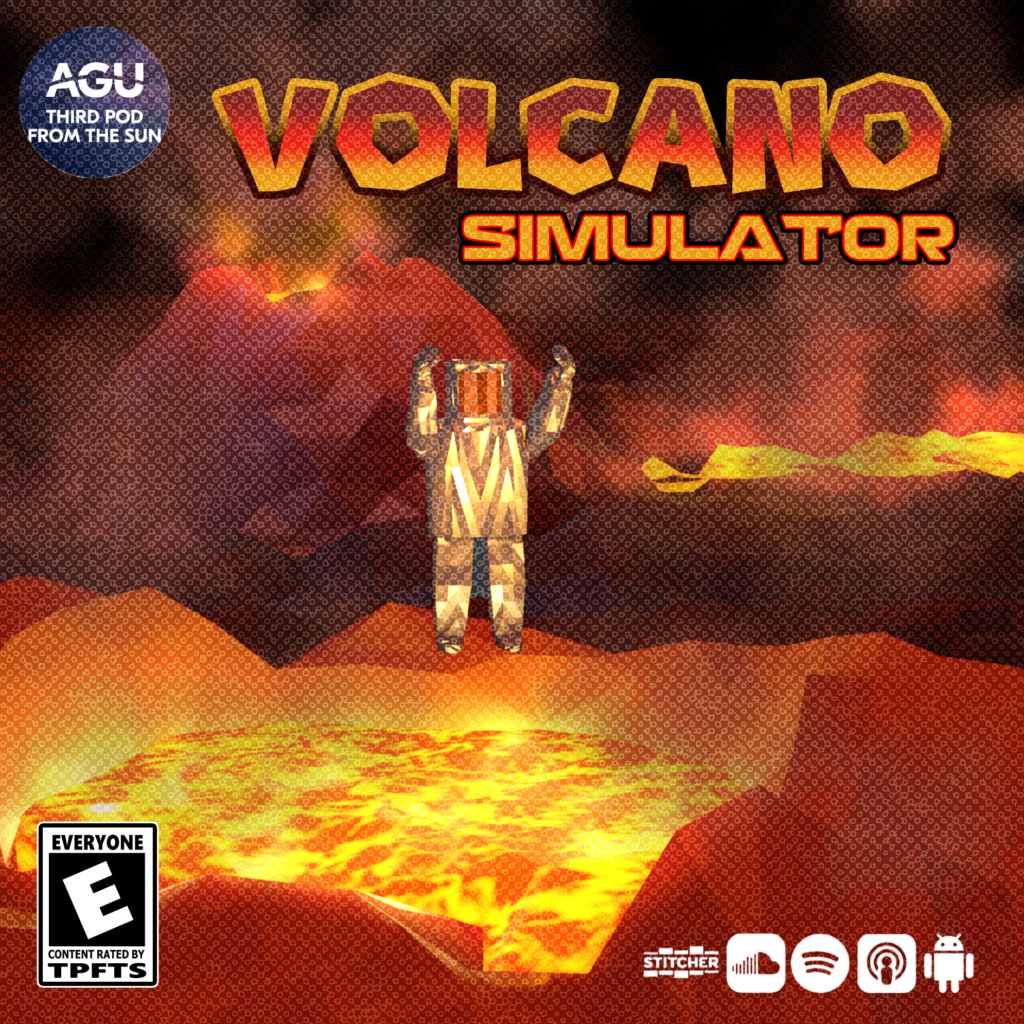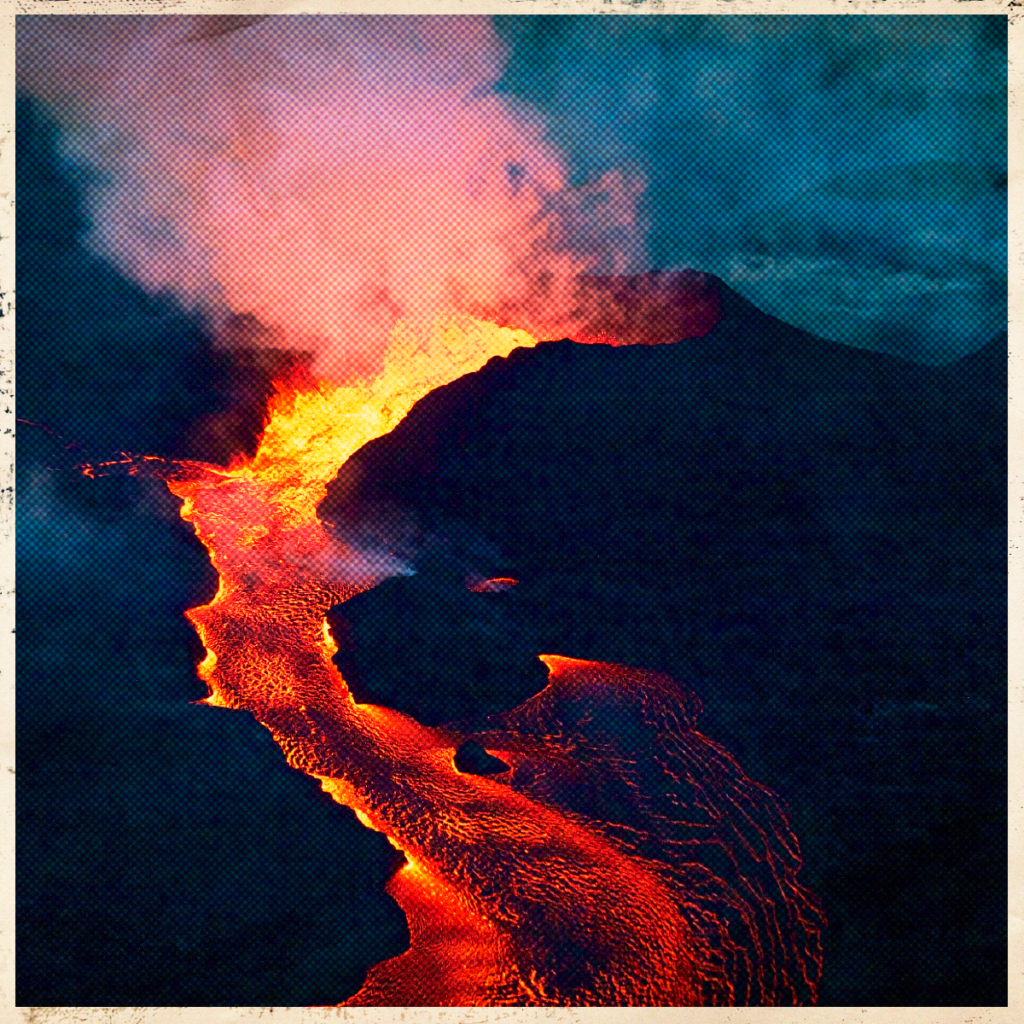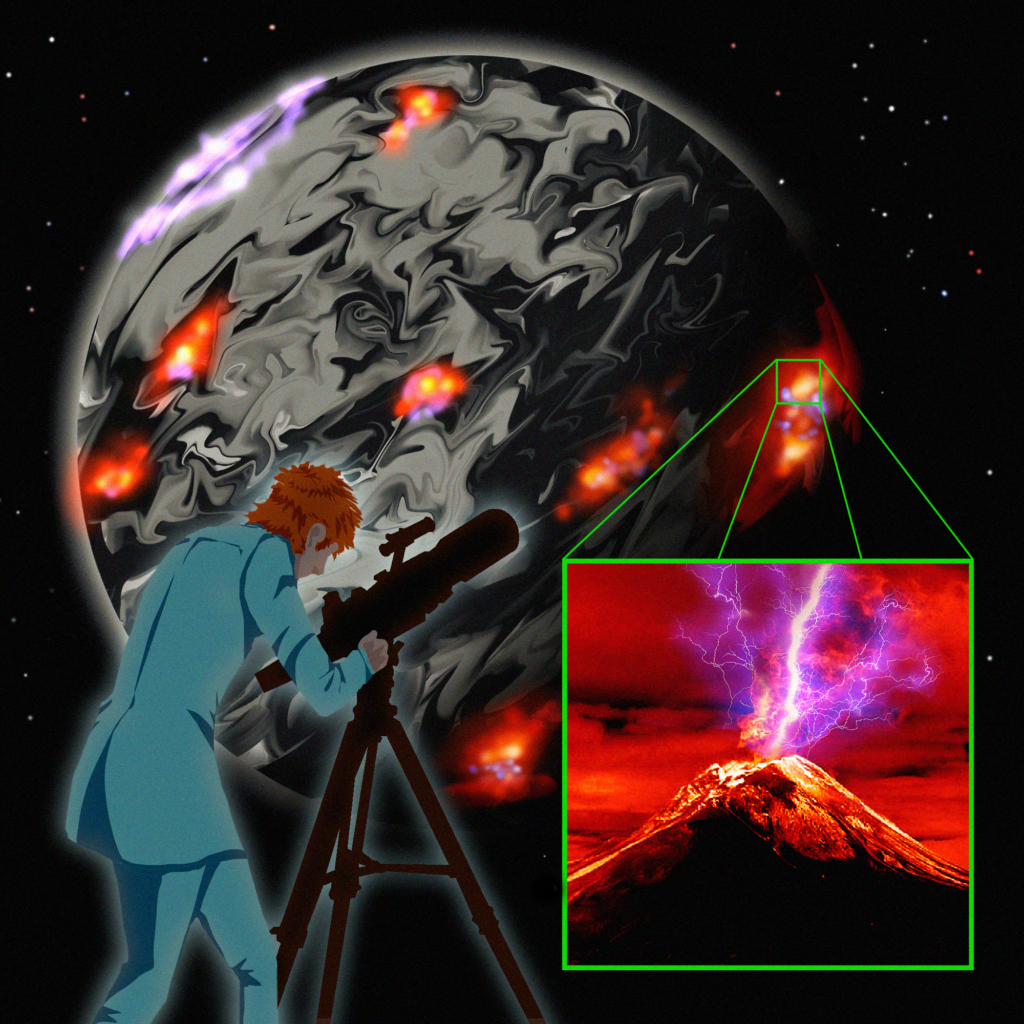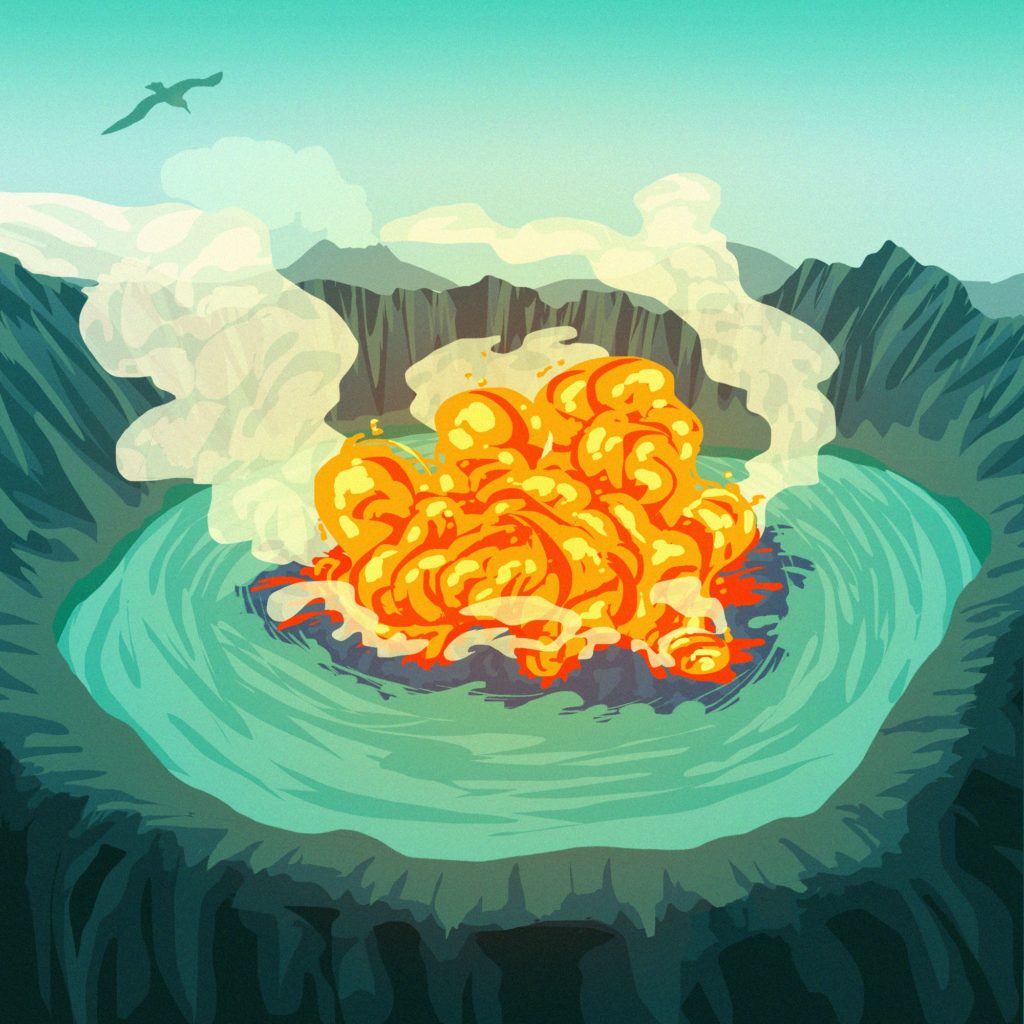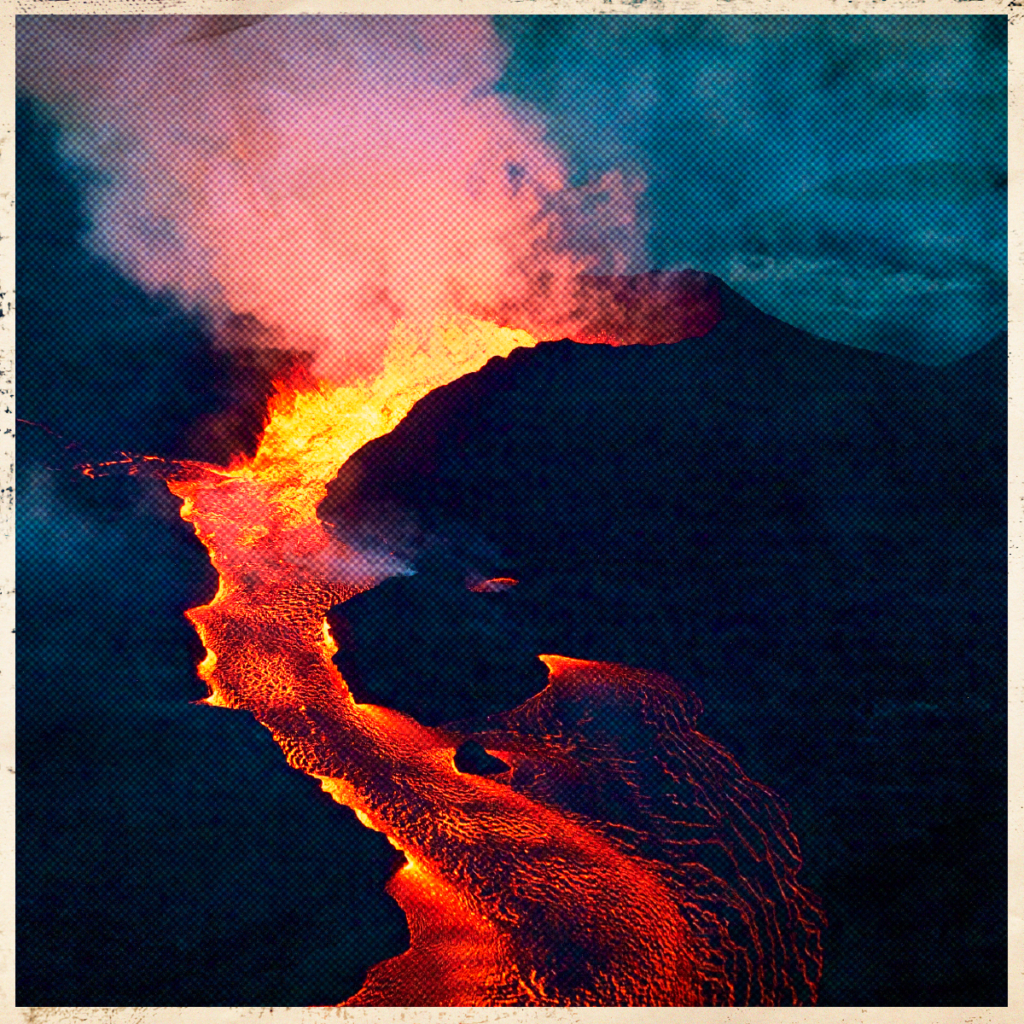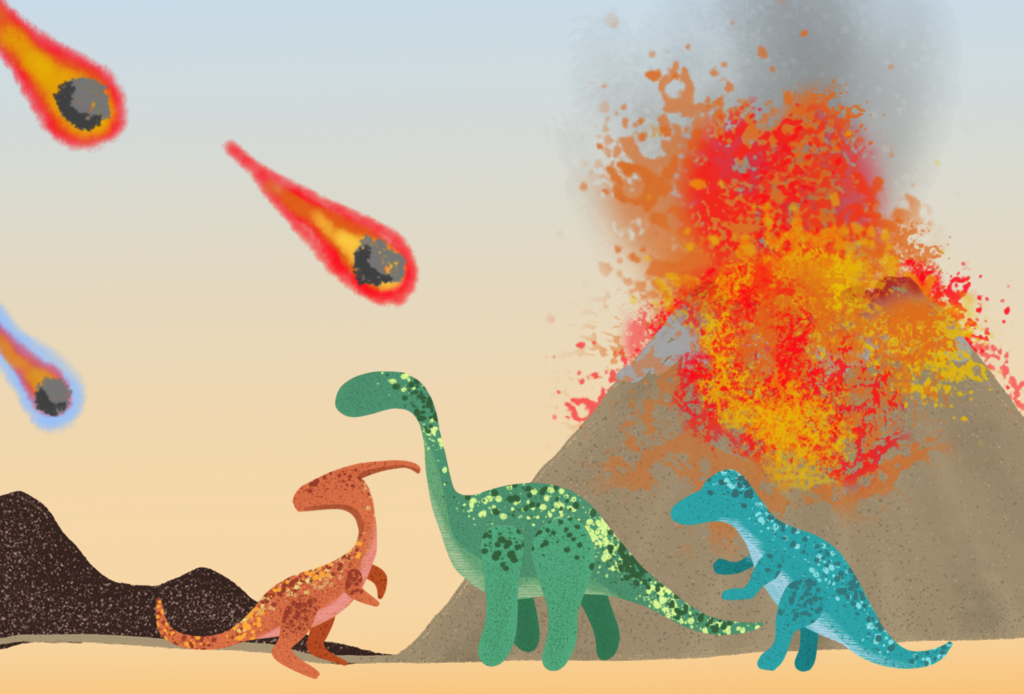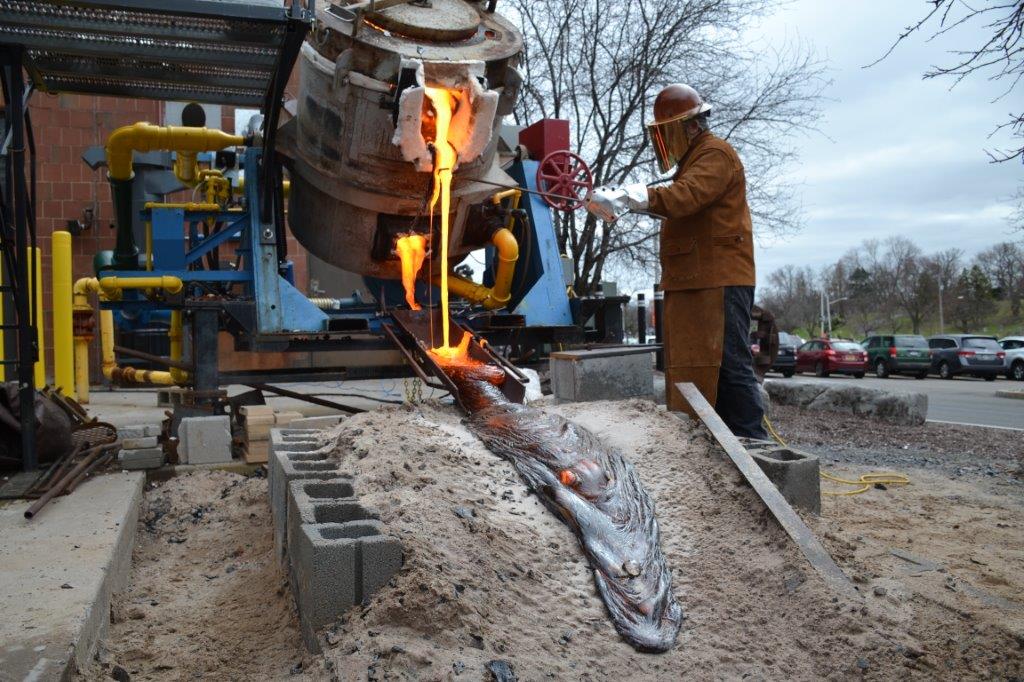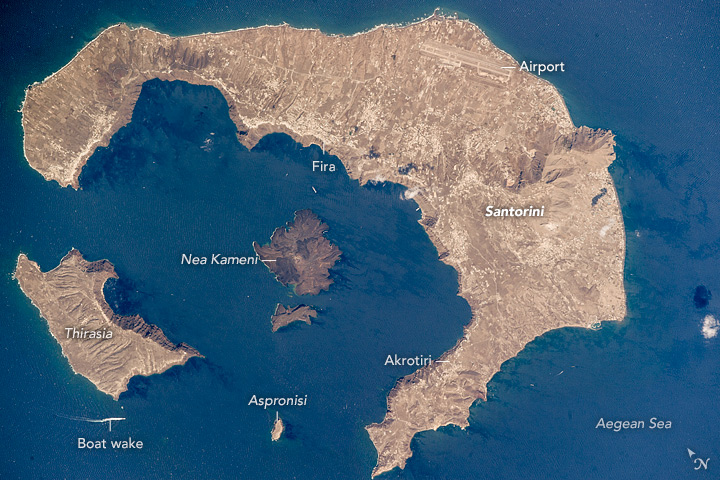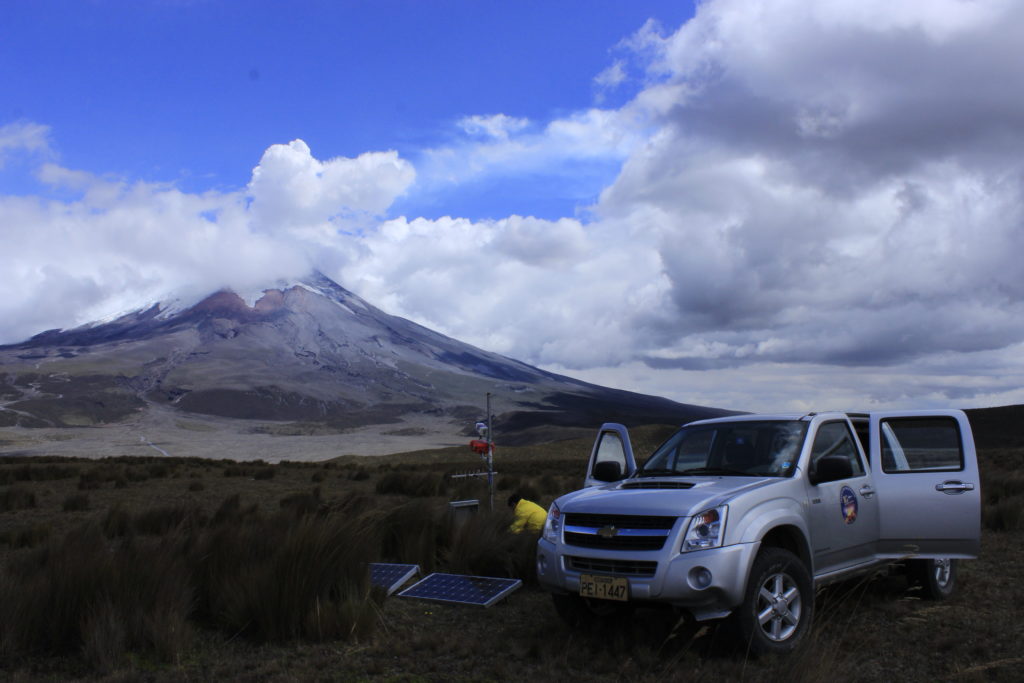Volcano
Tales from the (manus)crypt: Volcanic video games
One of the scariest things for scientists is watching entertainment media portray your field of study inaccurately—the horror! Flood resilience officer and social volcanologist Jazmin Scarlett turned her hobby of playing video games into a paper discussing the depictions of volcanic hazards in games such as Pokémon, LEGO DC Super Villains, and Shadow of the Tomb Raider.
Read MoreTales from the (manus)crypt
It’s that time of year again! For many of us, temperatures are cooling, leaves are changing, Pumpkin Spice Lattes are…latte-ing. While that all sounds lovely, it’s also spooky season, and we’re celebrating with a special series we’re calling, Tales from the (manus)crypt.
Read MoreYour favorites: Not your science fair volcano
For many of us, the word “extinctions” conjures up images of dinosaurs, asteroids, and (maybe?) volcanos. And while that last point did likely play a role in the demise of the dinosaurs, volcanos in their own right can go extinct.
Read More28-Fire: Does a planet need life for fire to burn?
Think about what types of things burn: wood, grasses, fossil fuels… mostly things that were formed by life. Fire also requires oxygen, which is largely produced by life. Did Earth have fire before life evolved? Could any other planets have fire? If there were an exoplanet with fires burning, would we have any way to detect that?
Read More27-Fire: Mixing (volcanic) fire and water
When the Halema‘uma‘u crater at the summit of Kīlauea Volcano began filling with water in 2019 it wasn’t unprecedented, volcanic crater lakes aren’t uncommon; but, it was surprising for active volcano that hadn’t seen any water at the summit in at least 200 years.
Read More9-Extinctions: Not your science fair volcano
For many of us, the word “extinctions” conjures up images of dinosaurs, asteroids, and (maybe?) volcanos. And while that last point did likely play a role in the demise of the dinosaurs, volcanos in their own right can go extinct. In this episode, we chatted with volcanologist Janine Krippner, Honorary Research Associate at the University of…
Read More7-Extinctions: Dinosaurs, a Big Rock, and…Climate Change?
When you hear the word “extinction,” chances are you probably think of the extinction of the dinosaurs and a big rock. But did you know that there were other factors at play that lead to that extinction including volcanos and sea-level rise?
Read MoreStaff Picks: Parking Lot Lava
In a parking lot behind the Comstock Art Facility at Syracuse University, geologist Jeff Karson and sculptor Bob Wysocki cook up something almost unimaginable – homemade lava. Using a gas furnace the size of a small truck, the two professors melt gravel typically used for roadbeds into hot molten rock that they pour onto sand to recreate natural lava flows seen in places like Hawaii, Iceland and Italy.
Read MoreEscape from Thera
About 3,600 years ago, a colossal volcanic eruption blew apart the Greek island Thera, now the popular tourist destination known as Santorini. Falling volcanic rock and dust buried the Bronze Age settlement Akrotiri, on the south side of the island, preserving multi-story buildings, frescoes, tools, furniture and food, until archaeological excavations uncovered them in the last century, much like the eruption of Vesuvius in 79 CE famously buried Pompeii and Herculaneum. But unlike the Roman cities, Akrotiri has a notable lack of bodies.
Read MoreInstruments of Unusual Size
Volcanic craters could be the largest musical instrument on Earth, producing unique sounds that tell scientists what is going on deep in a volcano’s belly.
Read More
